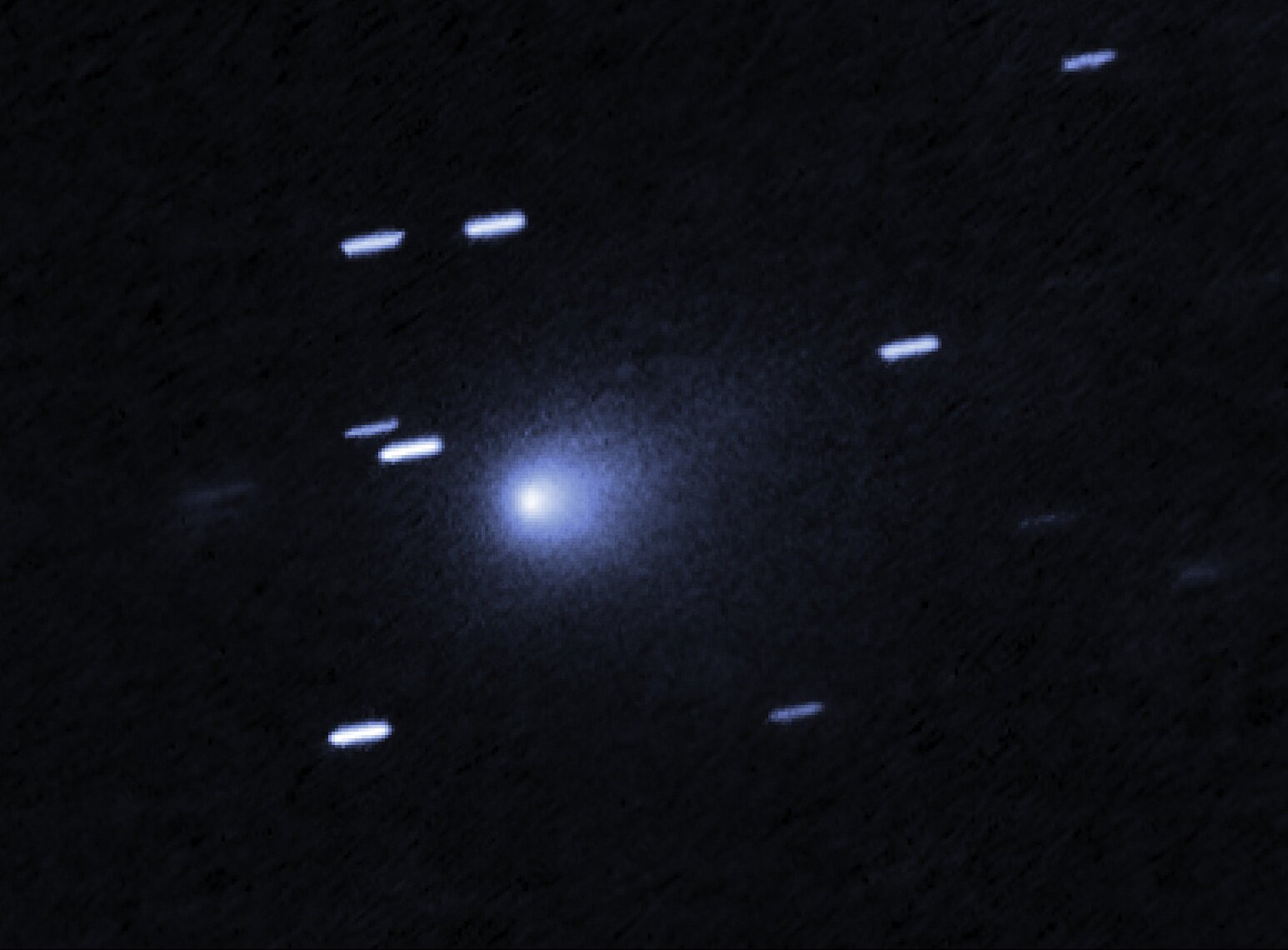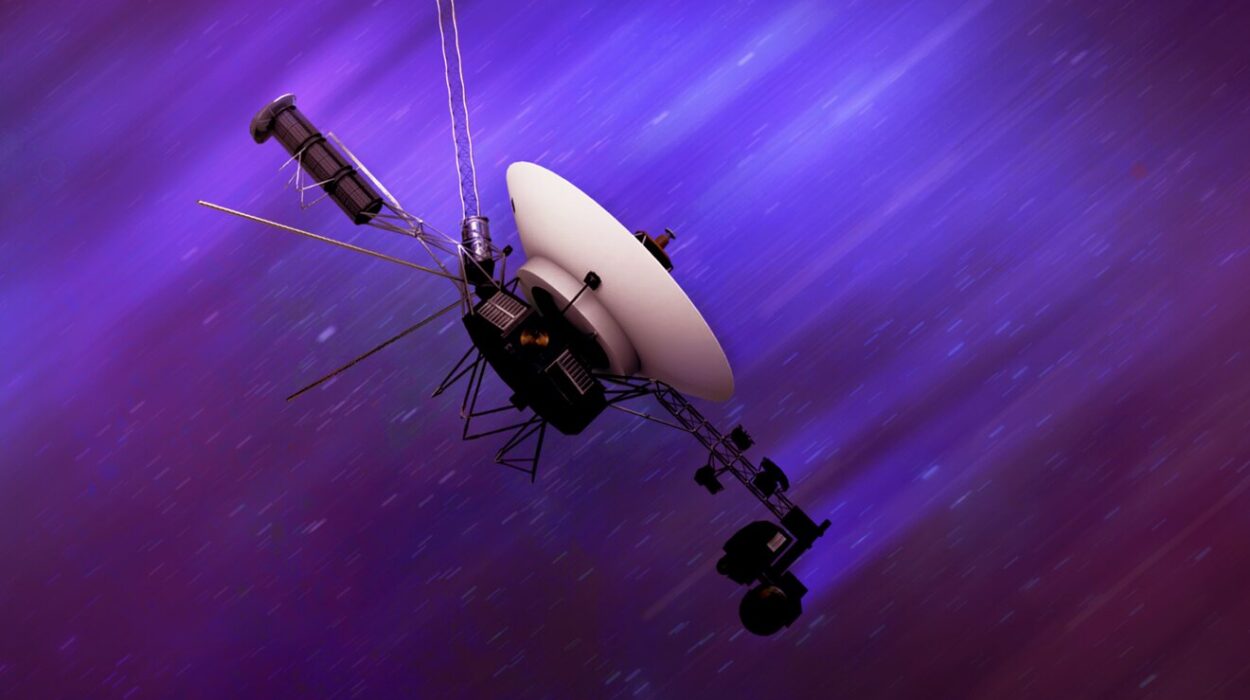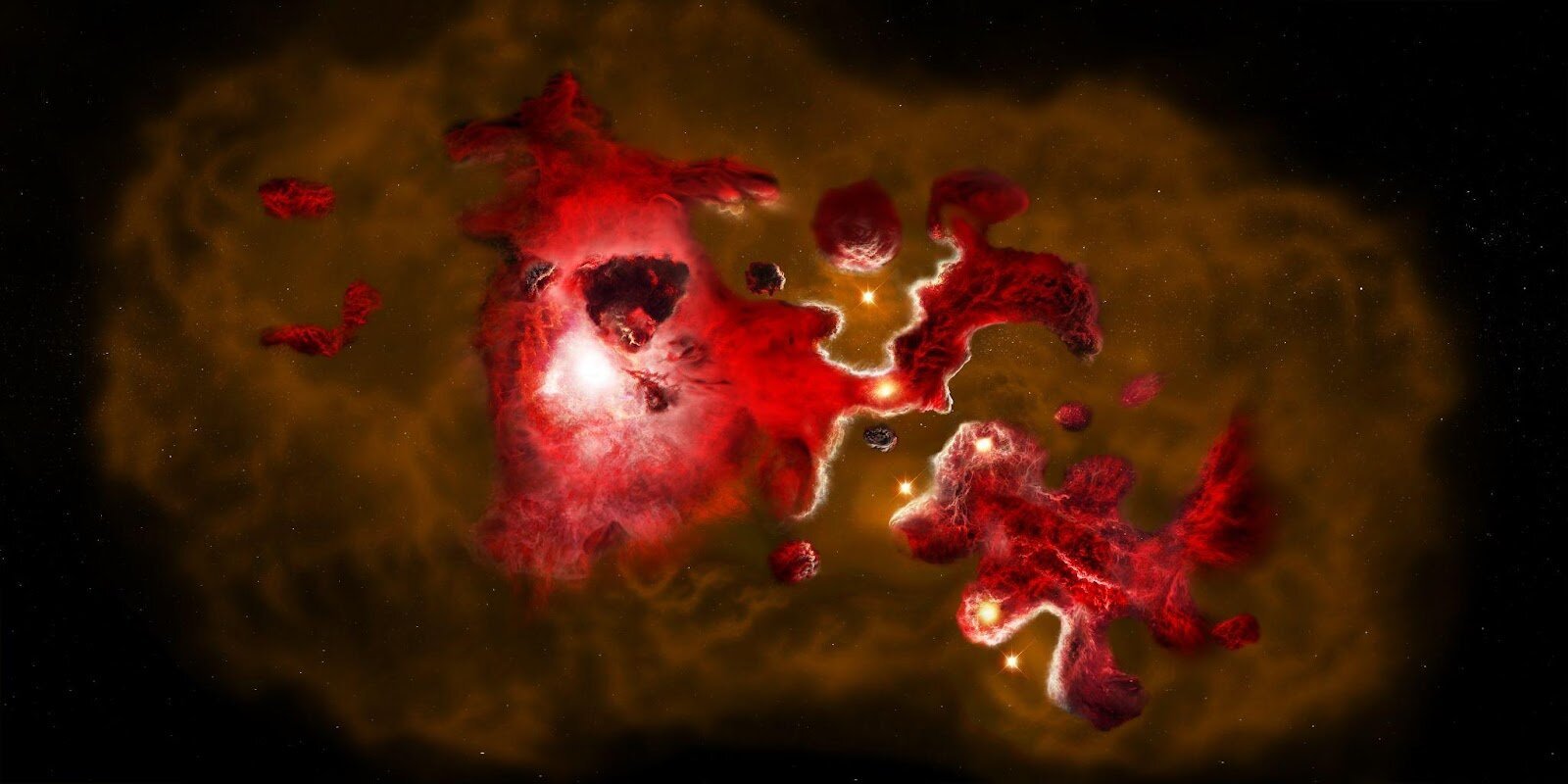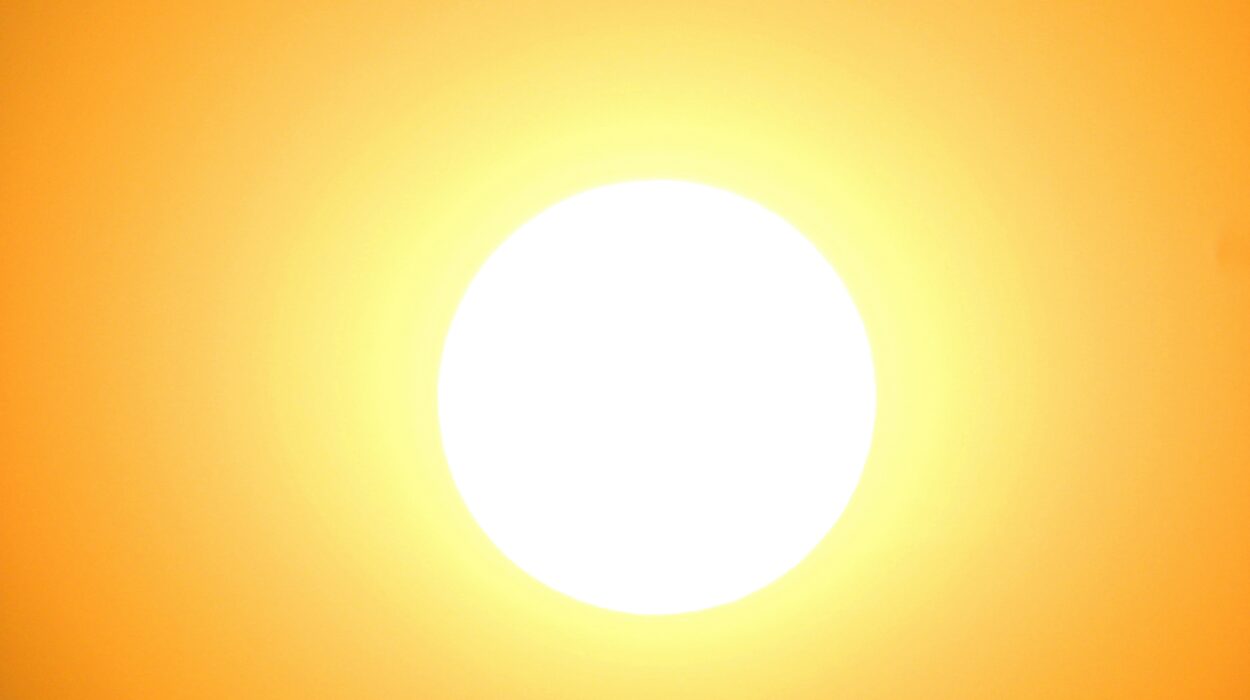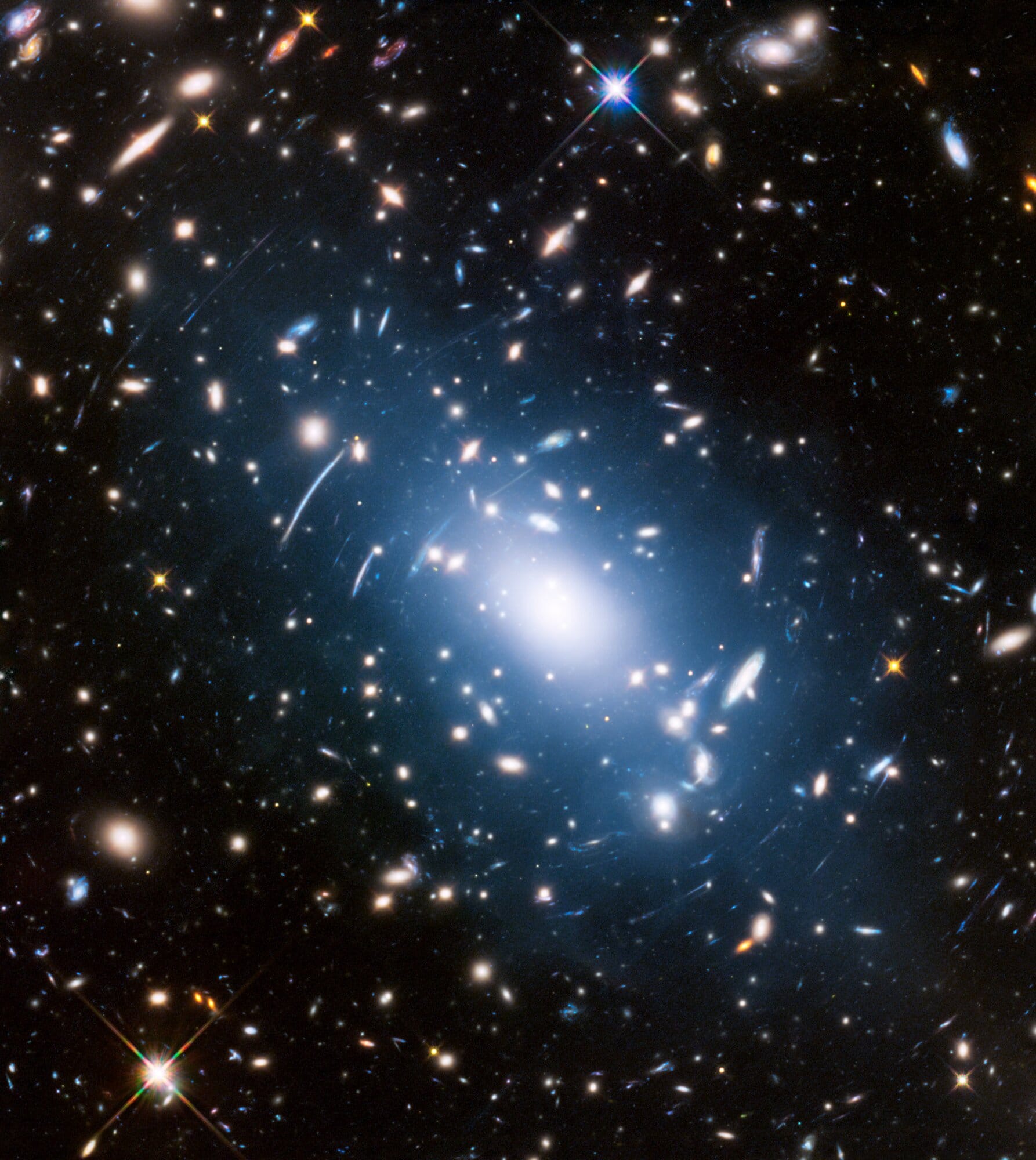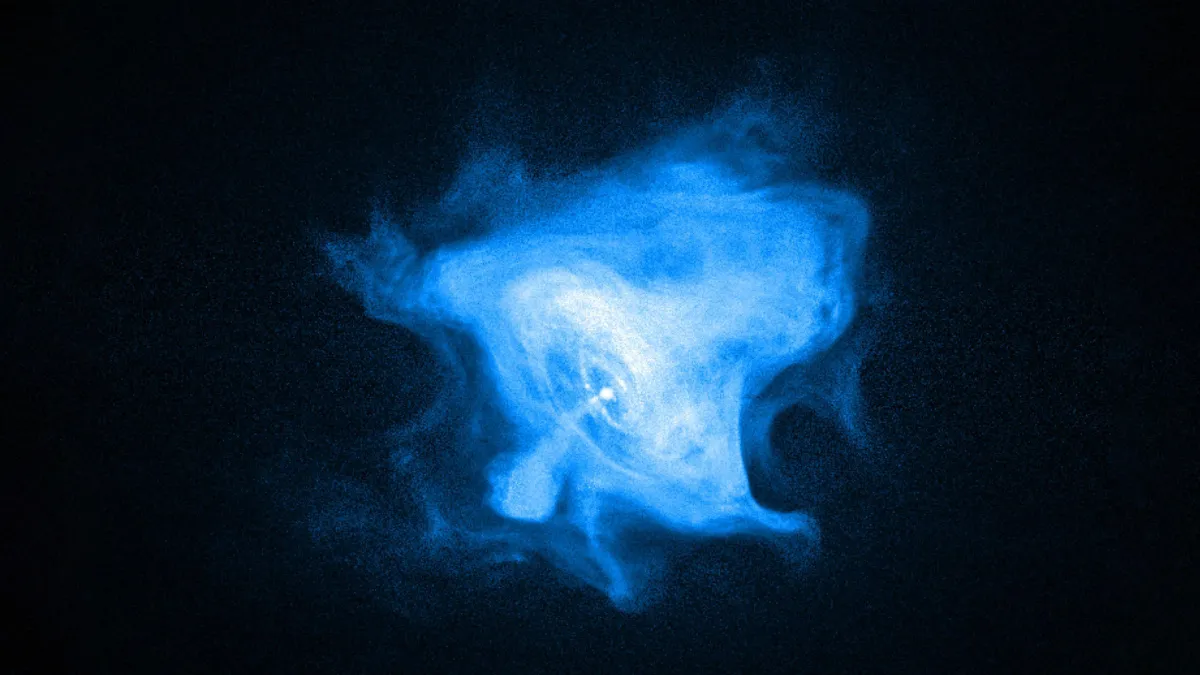In the vast expanse of our galaxy, stars are born, live, and die in a cosmic ballet that has continued for billions of years. Among this grand performance, a peculiar class of objects drifts silently through the darkness: interstellar objects. Unlike the planets and asteroids that belong to a specific star system, these travelers have been ejected from their home systems, wandering alone through the void until fate delivers them into the vicinity of a new star.
Since 2017, astronomers have caught glimpses of three such wanderers passing through our solar system: 1I/’Oumuamua, a mysterious elongated object whose origin remains enigmatic; 2I/Borisov, a more traditional cometary interloper; and most recently, 3I/ATLAS, discovered in the summer of 2025. These objects, while fleeting in our observational records, may hold secrets far more profound than their brief visits suggest.
The Challenge of Planet Formation
Planets emerge from swirling disks of gas and dust encircling young stars. Over time, particles within these disks collide and stick together, gradually building larger structures—from tiny grains to boulders, and ultimately, to full-fledged planets. Yet, for decades, theorists have encountered a persistent puzzle: how do objects grow beyond a meter in size in such turbulent environments? Computer simulations reveal a frustrating reality. Collisions between meter-sized boulders often result in bouncing or shattering, preventing the gradual accretion necessary for planet formation.
This bottleneck, sometimes referred to as the “meter-size barrier,” has been a major obstacle in explaining how gas giants like Jupiter or Saturn form within the relatively short lifespans of their natal disks—typically just a couple of million years. Without a mechanism to overcome this hurdle, the birth of planets, especially massive ones, seemed improbably slow.
Interstellar Objects as Planetary Seeds
Enter the interstellar visitor. Professor Susanne Pfalzner of Forschungszentrum Jülich in Germany has proposed a compelling solution: interstellar objects could act as pre-formed seeds for planet formation. Her models suggest that dusty disks around young stars could gravitationally capture millions of interstellar bodies roughly the size of 1I/’Oumuamua, estimated at about 100 meters long. These captured objects would instantly provide a foundation onto which dust and gas could accumulate, bypassing the meter-size barrier entirely.
“Interstellar space would deliver ready-made seeds for the formation of the next generation of planets,” says Pfalzner. This process could drastically accelerate planet formation, allowing gas giants to coalesce before the star’s disk dissipates, a phenomenon that has long puzzled astronomers.
A Cosmic Preference for Massive Stars
The implications of Pfalzner’s findings extend beyond mere planetary growth. Observations have shown that gas giants are more common around higher-mass stars—those similar to or larger than the Sun—than around smaller, cooler stars known as M dwarfs. Pfalzner’s models offer a potential explanation: more massive stars are more efficient at capturing interstellar objects within their disks. The gravitational pull of a larger star not only attracts more cosmic wanderers but may also concentrate them in specific regions of the disk, creating fertile grounds for planet formation.
This mechanism could explain why some stars are prolific planet-makers while others remain relatively barren. Interstellar object capture introduces an element of cosmic serendipity into the planetary birth process: the right object, at the right time, around the right star, could spark the formation of a giant planet.
Revisiting Our Solar System’s Past
Our own solar system may hold traces of this interstellar influence. While direct evidence is elusive, the concept that interstellar visitors could seed planet formation invites new perspectives on the early evolution of planets like Jupiter and Saturn. Could some of the building blocks of our gas giants have originated far beyond the Sun’s birth environment, delivered by interstellar travelers wandering through the Milky Way?
This idea challenges the traditional view that all planetary material is strictly local. Instead, it paints a picture of the galaxy as a vast ecosystem, with matter migrating between star systems, fostering creation in places far from its origin. In this sense, the universe itself becomes a collaborative workshop for planet formation.
The Road Ahead: Modeling Success and Distribution
Pfalzner emphasizes that her work is only the beginning. The next steps involve detailed modeling of how many captured interstellar objects are likely to form planetary bodies and how they distribute across a planet-forming disk. Are these cosmic seeds evenly spread, or do they cluster in hotspots where planets are most likely to emerge? Answering these questions could illuminate patterns in exoplanet populations and help explain the diversity of planetary systems observed across the galaxy.
Such research could also provide insight into the mysterious composition of exoplanets. If interstellar objects contribute significantly to planet formation, then the chemical signatures of planets might include materials forged around distant stars, potentially influencing everything from planetary cores to atmospheres.
The Broader Significance
Beyond the technicalities of planetary formation, the notion that interstellar objects could seed new worlds carries a poetic resonance. It suggests that the universe is more interconnected than we often imagine. Stars and planets do not exist in isolation—they are participants in a galaxy-wide exchange of matter, a cosmic network in which even solitary wanderers play a role in creation.
This perspective elevates interstellar objects from mere curiosities to agents of cosmic genesis. Each encounter, each capture, may ripple outward, influencing the architecture of entire planetary systems. It redefines how we perceive the lifecycle of matter in the galaxy, highlighting the subtle yet profound ways that wandering objects contribute to the creation of worlds.
A Universe of Endless Possibilities
As astronomers continue to observe interstellar objects and refine models of planet formation, one thing becomes clear: the universe is not a static stage but a dynamic, evolving tapestry. Objects that once seemed incidental—tiny, fast-moving rocks traversing the void—may be pivotal actors in the story of planetary genesis.
The discovery of 3I/ATLAS in 2025 adds another piece to this cosmic puzzle, reminding us that the galaxy is alive with motion, chance encounters, and opportunities for creation. Each interstellar object carries with it the potential to spark worlds, bridging distances measured in light-years and lifetimes measured in billions of years.
In the end, the tale of interstellar objects is not just about astrophysics; it is about connection, transformation, and the enduring mystery of how matter becomes planets. These wanderers whisper a profound truth: even in the vast emptiness of space, nothing is truly isolated, and every journey, no matter how solitary, may sow the seeds of new beginnings.
More information: Susanne Pfalzner, Interstellar objects function as seeds for planet formation predominantly around high-mass stars (2025). DOI: 10.5194/epsc-dps2025-1927
